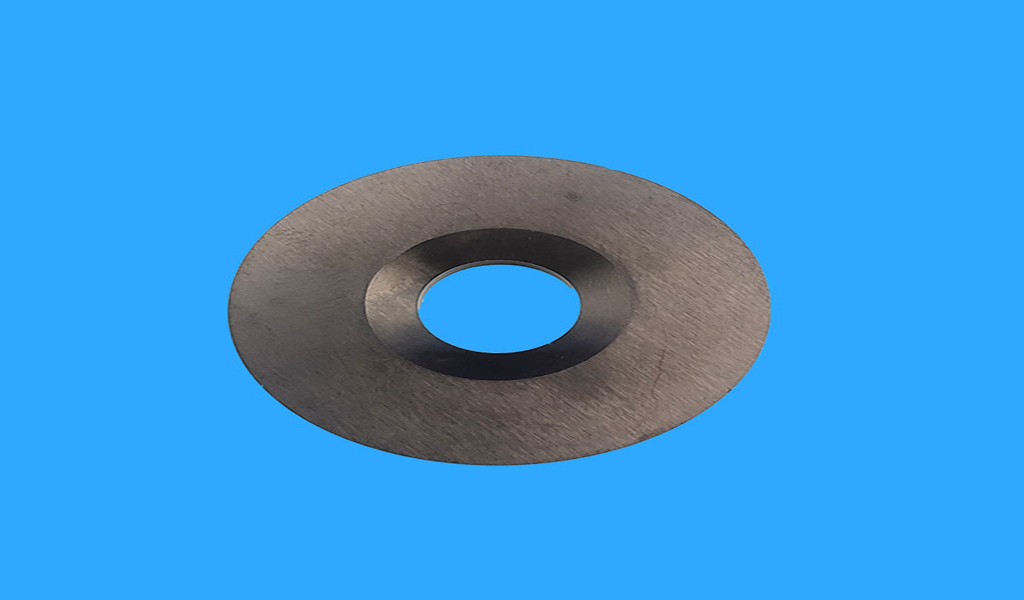alumina ceramic wear-resistant plate is a combination of the advantages of alumina ceramics and wear-resistant ceramics, so alumina ceramic wear-resistant plates have good performance characteristics. Let’s take a look at Pintejin Ceramics, a professional manufacturer of zirconia ceramic machining. Alumina ceramic wear-resistant plate Alumina wear-resistant ceramic plate has good conductivity, mechanical strength and high temperature resistance.

It should be noted that ultrasonic cleaning is required. Alumina ceramics are a kind of ceramics with a wide range of uses, and wear-resistant ceramics are also gradually emerging. Because of their superior performance, the application of alumina wear-resistant ceramic plates in modern society has become more and more extensive, and it is satisfied with daily use and special properties. need. Alumina ceramic wear plates are generally formed by grouting. So let’s take a look at how it works in detail. Grouting method: Grouting is the earliest forming method used for alumina wear-resistant ceramic plates. Due to the use of plaster molds, low cost and easy molding of large-sized and complex parts, the key to grouting is the preparation of alumina ceramic wear-resistant board slurry.
Alumina ceramic wear-resistant plate usually uses water as the flux medium, then adds debonding agent and binder, fully grinds and exhausts, and then pours it into the plaster mold. Due to the adsorption of water by the capillary of the plaster mold, the slurry solidifies in the mold. When hollow grouting, when the mold wall absorbs the slurry to the required thickness, the excess slurry needs to be poured out. In order to reduce the shrinkage of the green body, a high-concentration slurry should be used as much as possible. The alumina ceramic wear-resistant plate slurry also needs to add organic additives to form an electric double layer on the surface of the slurry particles, so that the slurry can be stably suspended without precipitation. In addition, it is necessary to add binders such as vinyl alcohol, methyl cellulose, alginate amine, and dispersants such as polyacrylamine and gum arabic, all of which are aimed at making the slurry suitable for grouting operation.
[wp_reusable_render id=2239]
